MO Crash Tested: Alpinestars GP-Pro Leather Suit Review

Affordable doesn't mean cheap
In case you haven’t heard by now, I crashed in the middle of our 2015 Literbike Track Shootout. Well, to put it more accurately, I was taken out by another rider. If you missed it, jump to the 0:41 mark of our accompanying video to see exactly what happened. Thankfully, I was fortunate enough to be wearing proper gear, including the Alpinestars GP-Pro leather suit, which took the brunt of the damage, but I was really hoping I wouldn’t have to write this review, as putting any piece of protective gear through the ultimate test really, well, sucks.
Alpinestars GP-Pro
| Aesthetics | 9.0/10 |
| Protection | 8.0/10 |
| Value | 8.0/10 |
| Comfort/Fit | 9.5/10 |
| Quality/Design | 9.0/10 |
| Weight | 8.0/10 |
| Options/Selection | 8.5/10 |
| Innovation | 7.0/10 |
| Weather Suitability | 8.0/10 |
| Desirable/Cool Factor | 9.0/10 |
| Overall Score | 84/100 |
Anyway, the $1195.95 GP-Pro currently sits just below the top-shelf GP-Tech suit in the Alpinestars’ leather racing suit range, and though it may not look as flashy as its more MotoGP-inspired sibling, much of the technology incorporated into the Tech finds its way into the Pro.
Unlike the Tech, which uses a combination of kangaroo and bovine leather in its construction, the Pro reduces costs by using 1.3mm full-grain leather instead. Alpinestars’ race-derived, external Dynamic Friction Shields, similar to the units seen on the shoulders, elbows and knees on the Tech, are also incorporated into the Pro, but only on the shoulders and elbows. They sit in injection-molded shells with dual-density foam padding. Beneath that are removable, internal CE-approved armor for the shoulders and elbows, as well as the knees and shins.
The Pro features an adjustable snap connection system to fit the Alpinestars Bionic back protector into one of three positions, though the back protector itself is an optional piece purchased separately ($150). In the front, soft padding helps protect the chest in the event of an impact, but they can be removed in order to fit Alpinestars’ Bionic chest pads (sold separately). From there, soft padding continues on the chest, torso, coccyx and back.
In the comfort department, the GP-Pro features leather accordion stretch panels on the elbows, lower back and knee areas. Alpinestars uses a high-grade synthetic leather it calls Micro-Fiber (not to be confused for the stuff you clean your car with) for use in accordion panels across each shoulder. Further Micro-Fiber stretch panels (not of the accordion variety) sit in non-impact areas like the armpits, crotch, calves and behind the knees. All of these panels work together to allow the rider maximum range of movement in the riding position. Inside the suit, a fully removable liner is machine washable and comes with a water-resistant pocket big enough to store a wallet.
Racing Ahead
Though the GP-Pro is not the company’s top-of-the-line racing suit, its appearance and attention to detail belie its second-tier status in the Astar lineup. The stitching looks precise and secure, with no stray threads hanging loose, and the YKK zippers open and close with ease. At 5-foot, 8-inches, 153 lbs., with no odd proportions, I’m exactly the body type for off-the-rack sizing, and the size US40 fit me perfectly. Both lower and upper body pieces were the correct length for my figure, with the leather/mesh collar resting perfectly and comfortably around my neck. If anything, the upper portion of the suit fits slightly loose, but that slack is quickly taken up once wearing back and chest protectors.
The wrist cuffs are a soft neoprene material throughout, which is much more pleasant to the skin than leather, or worse yet, errant strands of fabric seen on inferior suits which can irritate the skin. The neoprene treatment continues at the ankle, but is less important here, as the rider’s sock or inner boot (if wearing the Alpinestars Supertech boot) should shield the skin from hard or abrasive materials poking out from the leathers.
The GP-Pro is a comfortable suit, no doubt, with the armor falling into place exactly where I’d expect them to. The stretch panels all work as advertised, allowing me great range of motion, both on and off the bike, no “break-in” time needed. As an added bonus, there’s also a secondary relief zipper vertically arranged along each calf. This allows those with big calves to adjust the suit to fit their large legs without having to unzip the main leg zipper entirely. I’m not equipped with Brian J. Nelson-like calves (he’s got huge calves), so I kept the second zipper completely closed.
Crash Worthy
A comfortable suit is obviously important when shopping for a set of leathers, but more important is how the dead cow with armor will hold up in a crash. In the case of my Laguna Seca tumble, I’m mostly pleased with the outcome. Of course, no two crashes are exactly alike, and due to manufacturing tolerances, no two suits will be exactly alike, too. That said, taking a closer look at my fall will better help understand how the suit held up.
The crash happened as I was approaching Laguna’s Turn 11, the slowest corner on the track, where speeds are likely in the 30-40 mph range (I wasn’t looking at the speedo). I was beginning to lean into the left turn when the other rider collided with me. Closer inspection of the bike, my suit and the video suggest that the rider made first contact with my shoulder, not the bike. From there, I remember my hip making contact with the ground before eventually sliding to a stop on my left side just short of the gravel trap.
Miraculously, I didn’t feel a thing on my shoulder, nor did I have any soreness or bruising after. To me, that’s a big thumbs up to the quality of the padding and armor. The brunt of the road rash was absorbed by the left side of the suit, and I’m happy to report everything did its intended job. Minor stitching around the Dynamic Friction Shield on the left shoulder came apart, but that’s not surprising considering the impact it sustained from the other rider and the impact it faced with the ground. Otherwise, none of the leather was compromised beyond simple road rash. Even some of the “Alpinestars” screen printing is still visible on the left thigh.
I’m thankful to have walked away from that incident, but it wasn’t entirely injury free. At the point of impact, I immediately felt my hip make contact with the ground. Sure enough, a bruise was the only result. Had the hip padding extended only slightly lower down the leg and/or been comprised of more substantial foam, it’s possible I could have completely walked away without a scratch.
That may be a minor, almost inconsequential, quibble to some, but slightly more worrying to me were the minor rips and tears to the Micro-Fiber accordion panel across the left shoulder. Had this been a higher-speed crash, the integrity of the Micro-Fiber could easily have been compromised – there’s a reason why this area is leather on higher-end suits.
While we’re on the topic of accordion panels, this leads to another observation. Personally, I’d prefer the accordion panel to extend from the shoulder, down the torso, and finally connecting with the accordion panel across the lower back. This allows for a tighter fit with or without back/chest protectors, as well as extended range of motion. For only four (yes, four) dollars more, the Dainese Laguna Seca suit has this feature.
Final Verdict
All things considered, the GP-Pro suit has a lot of good qualities going for it. The off-the-rack sizing is perfect, assuming your body dimensions aren’t disproportionate, it’s stylish, and, for the most part, it’s built really well. My one reasonable concern lies with the Micro-Fiber accordion panels across the shoulders. That said, the GP-Pro is still a suit I’d recommend for the street rider and/or occasional trackday enthusiast looking to up their gear choice. If serious track time is your goal, my suggestion would be to spend a little more for the GP-Tech.
The GP-Pro is available in European sizes 46 – 64 in the Black/Grey colorway, and sizes 46 – 60 in the Black/White/Red and Black/White/Yellow colorways. For more information, visit www.alpinestars.com.

Troy's been riding motorcycles and writing about them since 2006, getting his start at Rider Magazine. From there, he moved to Sport Rider Magazine before finally landing at Motorcycle.com in 2011. A lifelong gearhead who didn't fully immerse himself in motorcycles until his teenage years, Troy's interests have always been in technology, performance, and going fast. Naturally, racing was the perfect avenue to combine all three. Troy has been racing nearly as long as he's been riding and has competed at the AMA national level. He's also won multiple club races throughout the country, culminating in a Utah Sport Bike Association championship in 2011. He has been invited as a guest instructor for the Yamaha Champions Riding School, and when he's not out riding, he's either wrenching on bikes or watching MotoGP.
More by Troy Siahaan



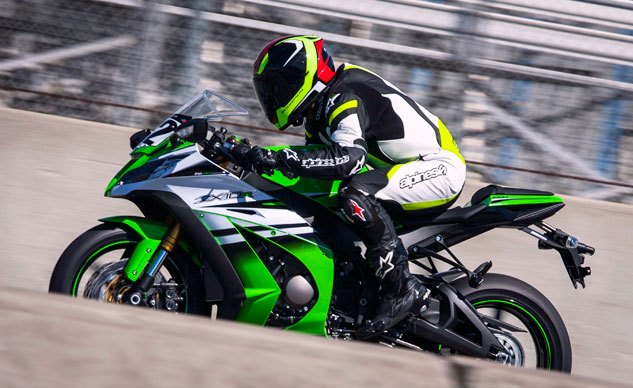
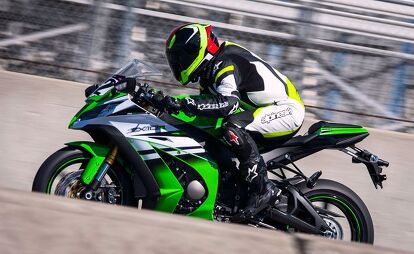

































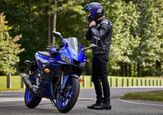
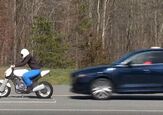
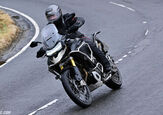
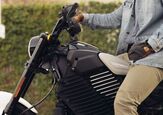
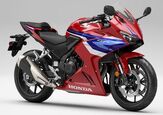
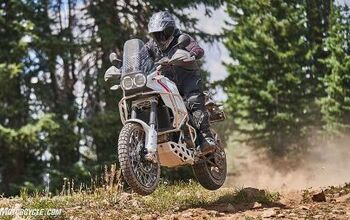
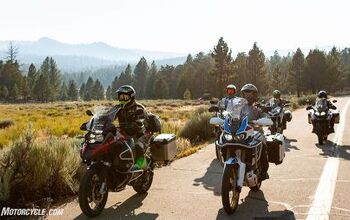
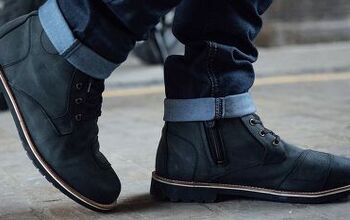
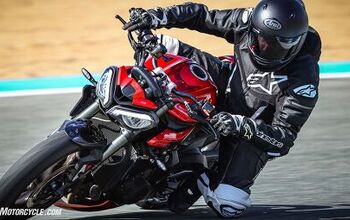
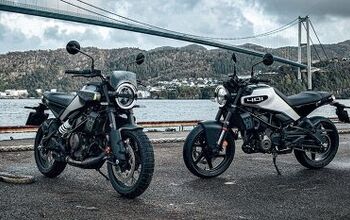
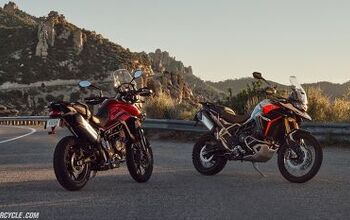
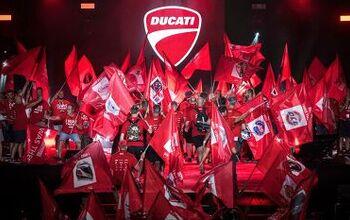
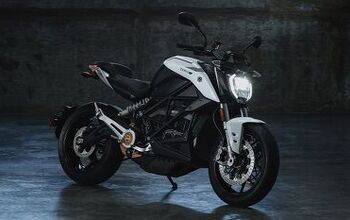
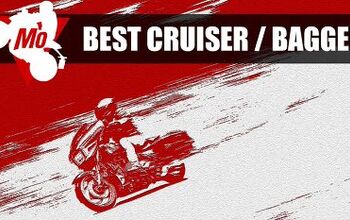

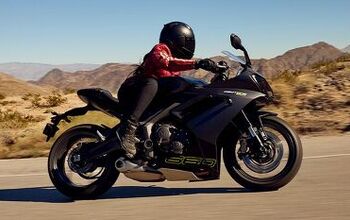
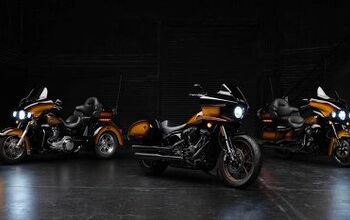
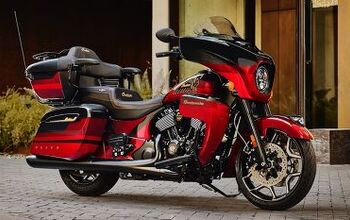
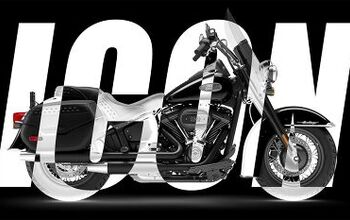
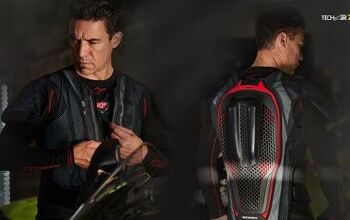
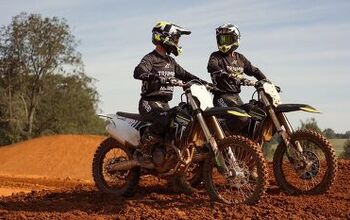
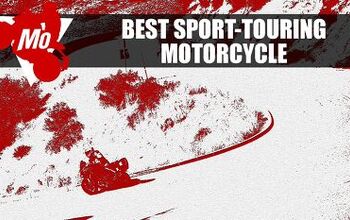

Comments
Join the conversation
Making lemonade from lemons. Good review, Trizzle. I can still squeeze into my leathers, but it's not exactly comfortable any more. I'll have to start dieting or get a new suit before my next track day. I'd prefer to diet, but this is a helpful review.